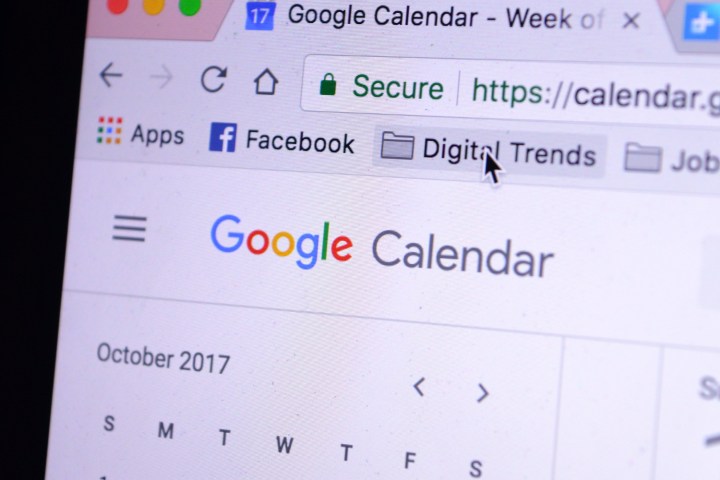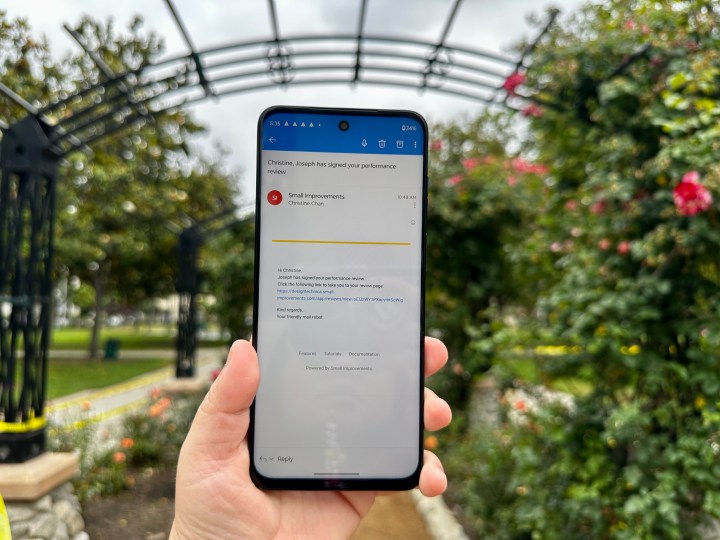If you like to combine Google Calendar with your Microsoft Outlook account, we’ve got some good news: Google has finally fixed an issue that has been plaguing the two services for way too long.
Previously, if you were to organize a meeting in Outlook, you would frequently find that your name was missing from the list of attendees in Google Calendar. This would obviously be confusing for other users, as it would seem that you weren’t planning on showing up to a meeting you were known to be organizing.

However, Google has just announced on its company blog that the problem has been fixed and that your name should start showing up where it’s meant to be. According to the search giant, you don’t need to take any action to take advantage of this remedy (whether you’re an admin or an end user), as the changes should come through automatically.
Google says the fix started rolling out yesterday (August 24), and will continue to be propagated gradually over the following 15 days. So, if you don’t see the change immediately, it should be with you soon enough.

The resolution of this pesky bug comes two weeks after Microsoft fixed another irritating problem with Outlook. Earlier in August, the company made it much easier to send large files to other users. Now, instead of constantly bumping up against attachment file size limits, you’ll be able to simply upload your files to OneDrive and share a link from there.
And now that Google has addressed the issue of meeting organizers’ names not appearing in the list of attendees, it should relieve a notable pain point that has affected users for some time now. Sure, not everyone uses the combination of Microsoft Outlook and Google Calendar when trying to create meetings, but huge numbers of people do. With this fix, things should be a lot easier going forward.
So instead of wondering why your colleague apparently isn’t attending a meeting they just told you they were coming to, you should now be able to see their name nestled in among the other participants.
Editors' Recommendations
- 5 web browsers you should use instead of Google Chrome or Edge
- The most common Windows 11 problems and how to fix them
- My most anticipated laptop of the year just got leaked
- 5 calendar apps you should use instead of Google Calendar
- AMD needs to fix this one problem with its next-gen GPUs




